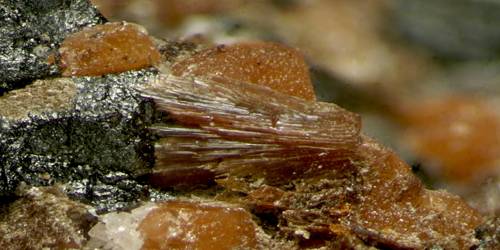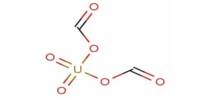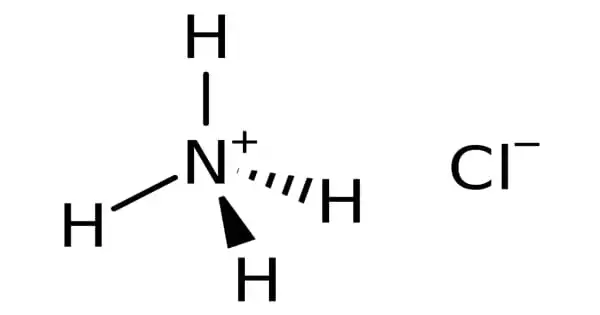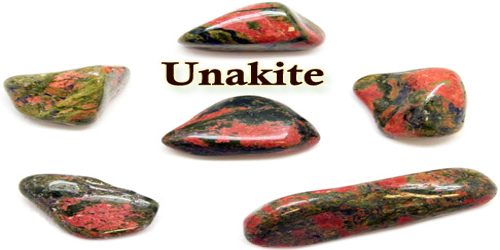Allactite (Formula: Mn7(AsO4)2(OH)8) is a rare arsenate mineral of metamorphosed manganese zinc ore deposits. It is a mineral consisting of a brownish red basic manganese arsenate. It is not Radioactive. It is found in Sweden and New Jersey, US. Named through the Greek word allasso, meaning “to change,” in reference to Allactite’s strong pleochroism.
General Information:
- Category: Arsenate mineral
- Formula: Mn7(AsO4)2(OH)8
- Crystal system: Monoclinic
- Crystal class: Prismatic (2/m)
- Density: 3.83 g/cm3 (Measured) and 3.94 g/cm3 (Calculated)
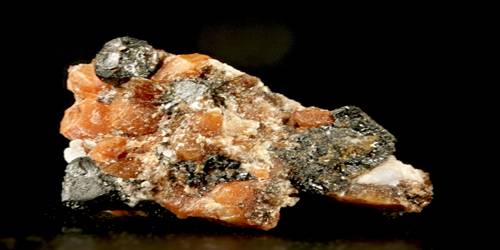
Identification
Allactite can be observed in Brown, dark to light purplish red, brownish red, colorless to white. It has transparent to subtranslucent appearance, non-fluorescent luminescence, vitreous luster, light blue streak and perfect cleavage.
- Color: Brown, dark to light purplish red, brownish red, colorless to white
- Cleavage: Distinct, {001}
- Fracture: Uneven
- Tenacity: Brittle
- Mohs scale hardness: 4.5
- Luster: Vitreous, slightly greasy on fracture surfaces
- Streak: Gray to faint brown
- Specific gravity: 3.83 (meas.), 3.94 (calc.).
Occurrence
Allactite is a rare mineral that occurs as a secondary mineral in veins through a metamorphosed manganese deposits at its type locality at the Moss mine in Varmland, Sweden, and also in the metamorphosed zinc orebody at Franklin in New Jersey, USA. Aside from a few other localities in Sweden, Allactite can be found additionally only in Australia at the Iron Monarch mine. It is closely associated with dolomite, calcite, smithsonite, cerussite, cuprite, antlerite, brochantite, chrysocolla and malachite.
Information Source;
